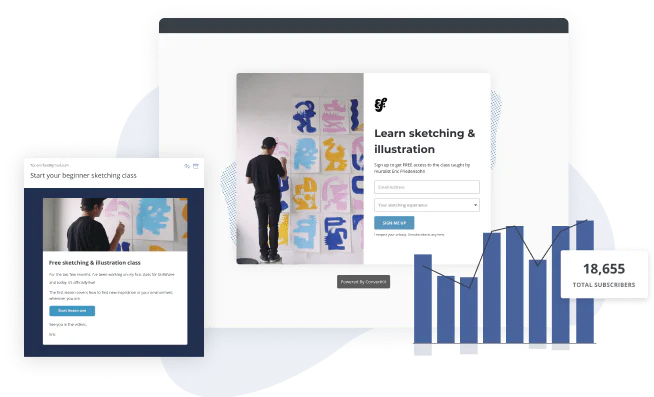The death of third-party cookies: How to transition to a zero & first-party data strategy in 3 steps
Updated: June 25, 2024
10 min read

Own the relationship with your audience
Kit helps you build a relationship with your followers and own that connection you make with them through your email list.
Start a free 14-day Kit trial
Dana Nicole
Dana is a freelance writer who works closely with B2B SaaS brands to create content people enjoy reading. When she’s not working, you’ll find her sipping on a warm cup of tea and reading a good book (the scarier, the better). See what she’s up to at www.dananicoledesigns.com (Read more by Dana)


